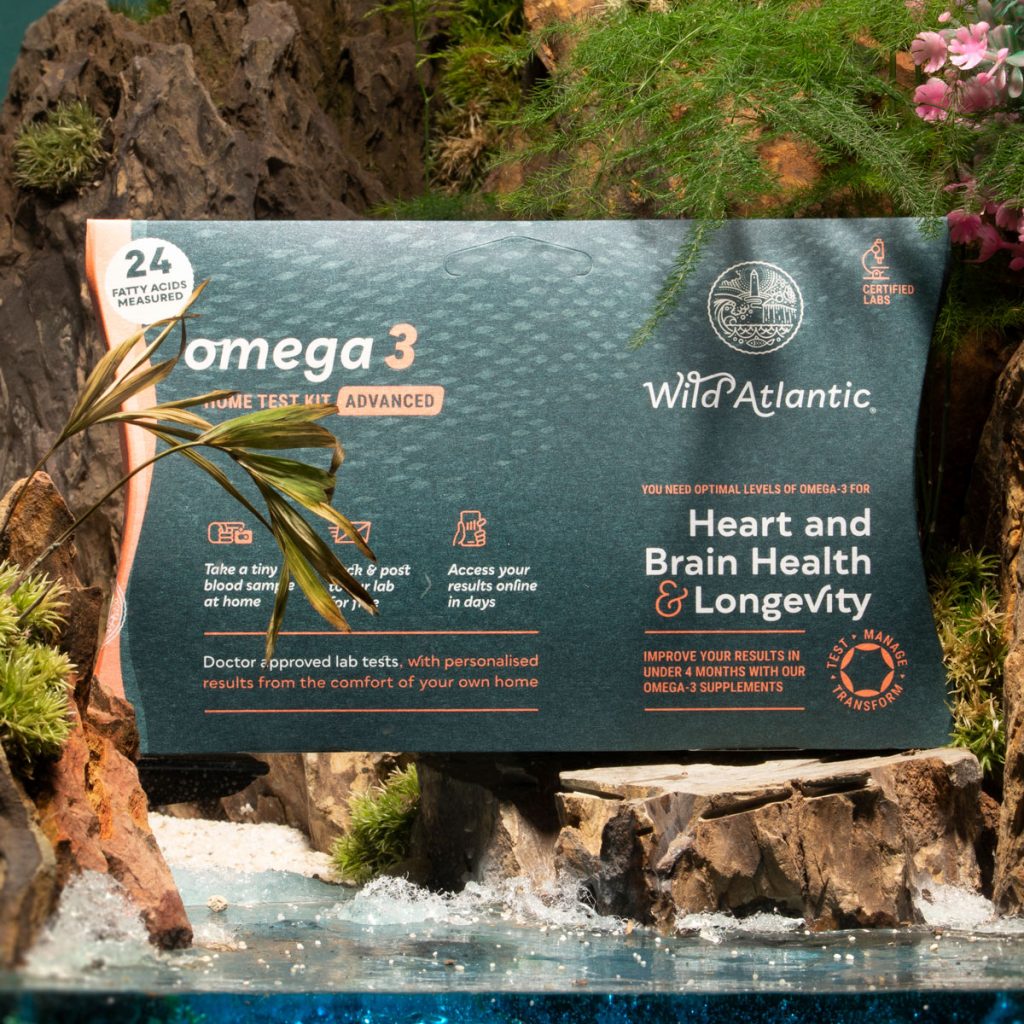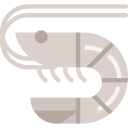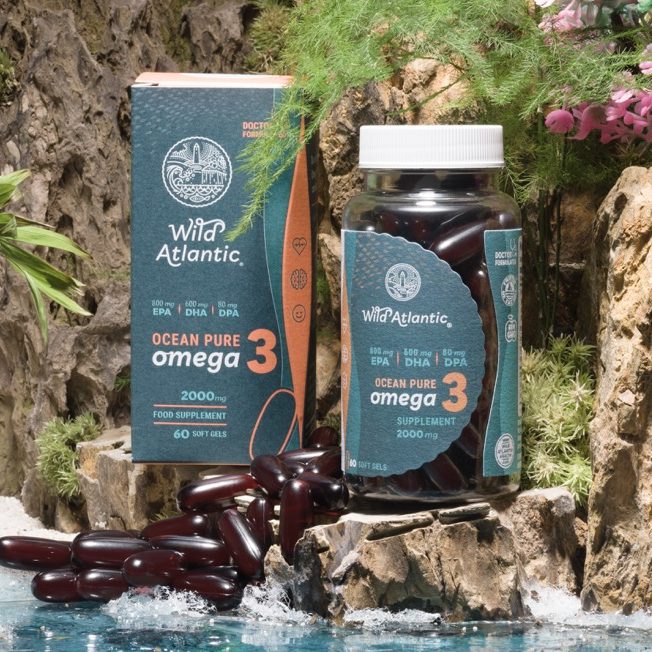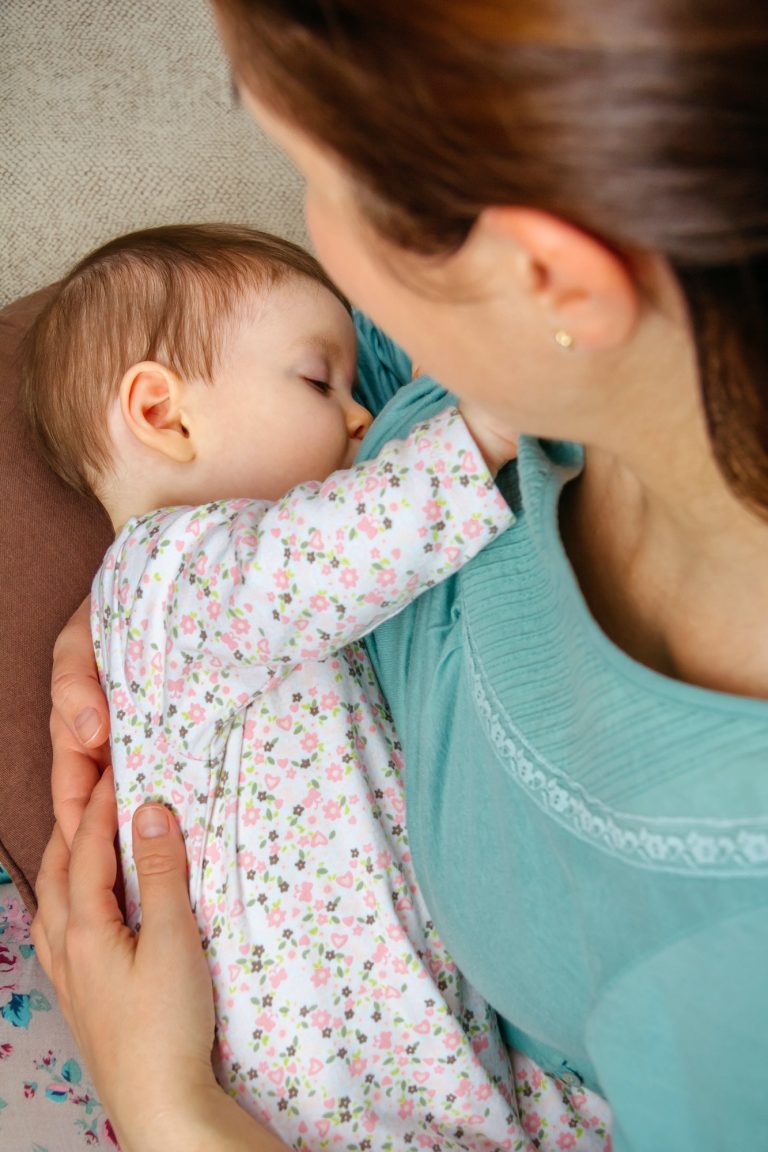Omega-3 Index Calculator
How much Omega-3 do I need to reach a desirable blood level?
This recommendation is meant to be a guide for how much EPA+DHA you may need in your diet to reach your Omega-3 Index target, based on research by Walker et al. 2019. Up to 3,000 mg per day of EPA and DHA is considered safe and is set as the upper limit in the calculator. We recommend you retest after 3-4 months to see if your diet changes are working for you. Please consult your healthcare provider before making any major changes to your diet.
How Can You Find Out Your Omega-3 blood level?
You will need to take an Omega-3 Blood test to determine your level so that you can use the Omega-3 Calculator. If you want to brave local Health Systems and waiting rooms, you can ask your doctor to test you.
Alternatively, you can skip the queues and order a Test Kit right now – we’ll send it to you today.
Omega-3 Index Test
The Omega-3 Index Tests measure the amount of EPA and DHA in the blood using a simple finger prick collection method that is easy to perform at home.

- Order an Omega 3 Test Kit : Easily available online, allowing you to test at home without needing to visit a doctor.
- Collect Blood Sample at Home : A simple finger prick is all it takes to collect a small amount of blood. This method is less invasive than traditional blood draws from a vein.
- Send Sample to our Lab: Use a prepaid label to send your test to our certified laboratory
- View Your Results Online : Fast results, typically within a two weeks, accessible through our app or website.

HOME TEST KIT
Omega-3 Essential
Our Essential Home Test Kit measures your Omega-3 Index, giving you a snapshot of the amount of EPA & DHA in the red blood cell membranes.

HOME TEST KIT
Omega-3 Advanced
Our Advanced Test measures 24 fatty acids, key biomarkers that include: Omega-3 Index, Omega 6:3 and AA:EPA ratios and the Trans Fat Index.
What form of Omega-3 in supplements is best?

Triglycerides
Triglycerides are a natural form of Omega-3s in fish. Supplements with triglyceride-form Omega-3s are “reconstituted” to boost EPA and DHA levels. Re-esterified triglycerides (r-triglycerides) offer superior bioavailability at 124% compared to 73% for ethyl esters. Omega-3 supplements in r-triglyceride form can contain up to three times more EPA and DHA, reaching pharmaceutical levels. For optimal absorption, take fish oil with a fatty meal, like natural yoghurt in the morning or after an evening meal.

Ethyl Esters
Ethyl ester Omega-3s are highly concentrated and synthetically derived from ethanol, commonly used in pharmaceutical products. While cost-effective, studies show they are less well absorbed and harder for the body to detoxify compared to natural forms. r-Triglycerides are more effective at increasing Omega-3 Index levels. Additionally, ethyl esters face food ingredient restrictions in some European countries like Germany and Switzerland.

Phospholipid
Phospholipids are a natural form of Omega-3s found in fish, typically in krill oil supplements. These supplements usually have lower doses of EPA and DHA per serving than traditional fish oils. While krill oil claims better bioavailability due to phospholipids, this is only partly true, as free fatty acids make up just about 20%. Krill oil can be costly, requiring 5-6 capsules daily for 1000mg of EPA and DHA. It is well absorbed but should always be taken with food.
Is Natural Better?
When choosing Omega-3 supplements, knowing the difference between the forms is important. As discussed above, ethyl ester Omega-3s are processed to concentrate EPA and DHA. This involves removing them from their natural phospholipid or triglyceride base and adding an ethyl group, creating a synthetic form.
In contrast, Wild Atlantic Health’s highly concentrated triglyceride Omega-3s go through an extra step to reattach the Omega-3s to a triglyceride backbone, keeping them closer to their natural state. Research shows that r-triglyceride Omega-3s have up to 70% better bioavailability than ethyl esters, meaning the body absorbs them more efficiently.
For the best absorption, take fish oil supplements with a meal rich in healthy fats, like yoghurt, or something with olive or flax oil. Overall, while both forms are purified, r-triglycerides offer superior absorption and a more natural composition, making them a better choice for Omega-3 supplementation.
Here are 5 reasons why you should consider switching to Wild Atlantic’s Ocean Pure Omega-3 supplements.
- Superior Absorption: r-triglycerides provide up to 70% better absorption than ethyl esters.
- High Potency: Packed with high levels of EPA and DHA for maximum health benefits. We also include DPA, for full metabolic benefits.
- Pure and Fresh: Low TOTOX value (<5) ensures clean, fresh oil with no fishy aftertaste.
- Sustainably Sourced: Eco-friendly ingredients and biodegradable packaging.
- Enhanced Formula: Includes Phosphatidylcholine, Astaxanthin, and extra Vitamin D3 for added health benefits.

SUPPLEMENT
Ocean Pure Omega-3
Our Ocean Pure Omega-3 has 3 times the levels of EPA & EPA as ordinary omega supplements as well as the ‘missing Omega’ DPA. Pure, potent & sustainable
Omega-3 Dosage Info
The Omega-3 Calculator results provide a guide for how much omega-3 you may need to reach a desirable blood level. The best way to know if a supplement or dietary change is working for you is to test and re-test.
European regulatory authorities have set the upper limit at 5000 mg per day of EPA and DHA.

What About Fish?
How To Calculate Fish Oil
Eating omega-3-rich fish at least 2 times per week is widely recommended as a part of a healthy diet. Having an Omega-3 Index of >8% is normal in cultures where fish is commonly eaten daily.
Fish contains EPA and DHA as phospholipids and triglycerides mainly. Omega-3s are well absorbed when eaten in food.


Examples of how to increase EPA+DHA levels
Connor has an Omega-3 Index of 4%, doesn’t eat fish and sometimes takes a multivitamin. The Omega-3 Index Calculator estimates that he should aim to take 2200 mg per day of EPA and DHA from an omega-3 supplement. If he finds a better quality triglyceride or phospholipid based supplement, a slightly lower dose can be taken.
Claire has an Omega-3 Index of 6%, and she eats fish once per week and takes around 600 mg per day of EPA and DHA in a standard fish oil supplement. The Omega-3 Index Calculator estimates that she should reach 1800 mg per day of EPA and DHA. We would recommend she adds another serving of fish to her weekly diet in addition to increasing her supplemental intake to 1800 mg of EPA and DHA per day.
Now What?
1.
Use your results and recommendations to make healthy changes to your diet and supplement routine.
2.
Check and ensure your Omega-3 Index level has improved by re-testing in 3-4 months time.

Articles on the Wildly Health Blog about Omega-3

Why the wisdom of Fish Friday is good for your Omega-3 levels and your health.
We recently celebrated ‘Global Omega-3 Day’. It served as a reminder for us to sear up some salmon, eat those anchovies and take copious amounts of fish oil more regularly. In Ireland, we often refer to Fridays as Fish Fridays.

Why Omega-3s are crucial for pregnant moms
A new pregnancy should hopefully be a very happy and joyful time. Expecting a new life is a wonderful experience. However, some young mums may have concerns about how successful their pregnancy is, and how healthy their baby will be.

Who Needs Omega 3 the Most?
Who Needs Omega-3 the Most? Omega-3 fatty acids are essential for maintaining good health. They play a crucial role in brain function, inflammation reduction, and heart health. However, some individuals may benefit more from omega-3 supplementation than others. This article
Join our Health Movement
We’ll surprise you with science-backed wellness content, freshly delivered.
Subscribe to our Wildly Healthy newsletter and get content and offers you won’t find anywhere else



















